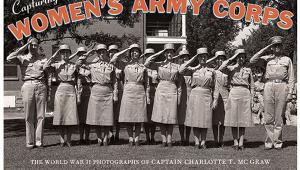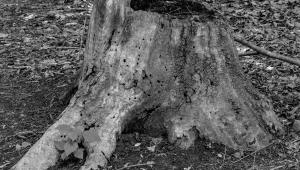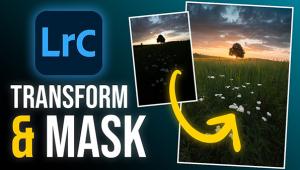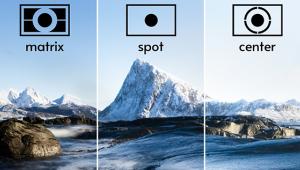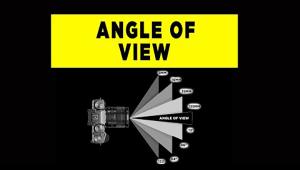Architectural Photography; Professional Techniques For Shooting Interior And Exterior Spaces
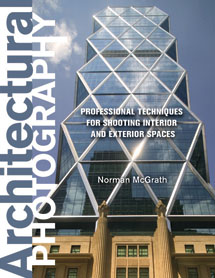 This is an excerpt from Norman McGrath’s “Architectural Photography: Professional Techniques for Shooting Interior and Exterior Spaces” (Amphoto Books, 2009, $29.95), a definitive and up-to-date guide to modern architectural photography. Topics covered include filtration for film and digital, photographic style, the basic approach to interiors and exteriors, project examples of residential and commercial spaces, photographing skyscrapers, using HDR (High Dynamic Range), evaluations and camera tests, photographic workshops, and more.—Editor
This is an excerpt from Norman McGrath’s “Architectural Photography: Professional Techniques for Shooting Interior and Exterior Spaces” (Amphoto Books, 2009, $29.95), a definitive and up-to-date guide to modern architectural photography. Topics covered include filtration for film and digital, photographic style, the basic approach to interiors and exteriors, project examples of residential and commercial spaces, photographing skyscrapers, using HDR (High Dynamic Range), evaluations and camera tests, photographic workshops, and more.—Editor
Interior Photography
The challenge of photographing an interior is to capture the feeling of the space in a way a viewer will be able to appreciate. Viewers should be able to look at the image and visualize themselves within the space. The subject depicted is more important than the photograph itself. The photographic technique should not be overpowering but should convey the reality of the interior so seamlessly that the viewer is unaware of the medium used to record it. A photographer who can achieve this objective consistently is assured of a bright career.
A photograph of an interior is a success if the final composition clearly conveys the philosophy and intent of the designer and at the same time meets the high standards of the photographer. The quality of the design to be captured greatly influences how it is photographed. In general, it is much easier to photograph a well-designed space. Where such quality is lacking, or compromised, the documentation is that much more challenging.
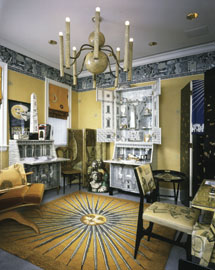 |
|
|
The Assignment
The photographing of interiors covers a wide range of subjects. The three most basic categories might be residential, office, and public and institutional sites, including museums, government buildings, schools, and churches as well as such gathering places as lobbies, restaurants, stores, and auditoriums. There are many variations on these basic categories of interiors, in style, dimension, personality and needs of the client, and more. An in-depth study of each category of interiors is neither practical nor possible here, but with experience, every photographer learns to perform a careful analysis of the process of documenting a space. We learn to assess the common problems that arise at each stage, and in so doing, we all end up with an approach that makes sense to us. At times you may find yourself faced with situations that are completely new to you. In such an event, try to find a common denominator with other work you’ve done, whether sheer size, scale, the mixture of light sources, or some other characteristic. In all situations, a basic starting point is to find out as much as you can about the client’s expectations and then add to that your own knowledge about how to make the shot.
 |
|
|
Sizing Up The Interior Beforehand
A preliminary visit to the job site can be very helpful, especially for large projects, although is not always practical. Architectural photographer Ezra Stoller used to recount how he would spend a day walking around a project, considering all the possibilities, before he even set up his camera. Today such an approach is unusual and in many instances unnecessary. But if you are working with a client for the first time, you are more likely to launch a successful relationship if you make sure that you fully understand your assigner’s intent and his or her preferences as well as peeves. When you have worked with a firm or client several times, you know what to expect and what is expected of you. Once you have established a good working relationship, you have a reasonable prospect for ongoing projects in the future.
 |
|
|



